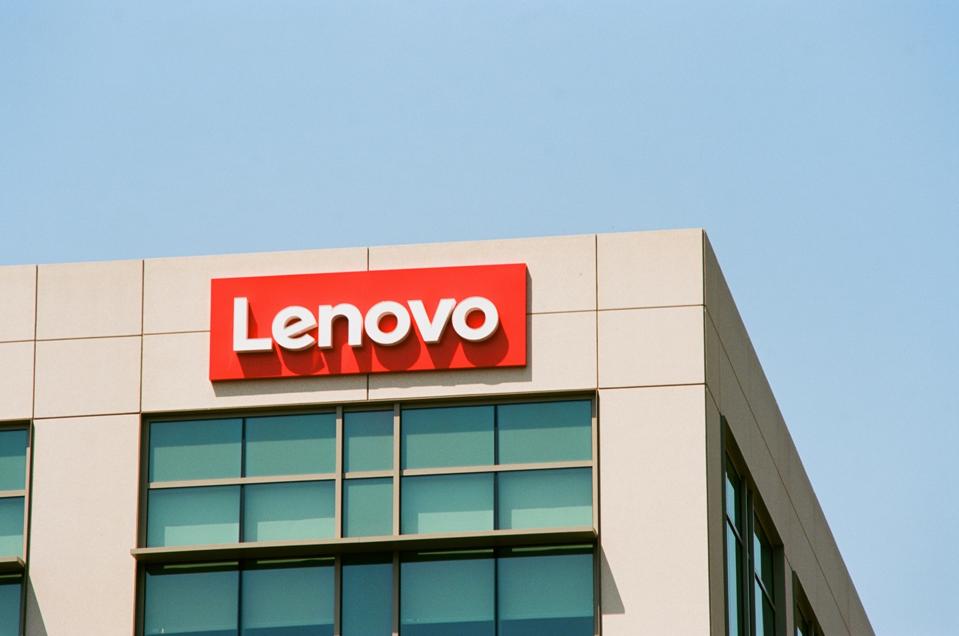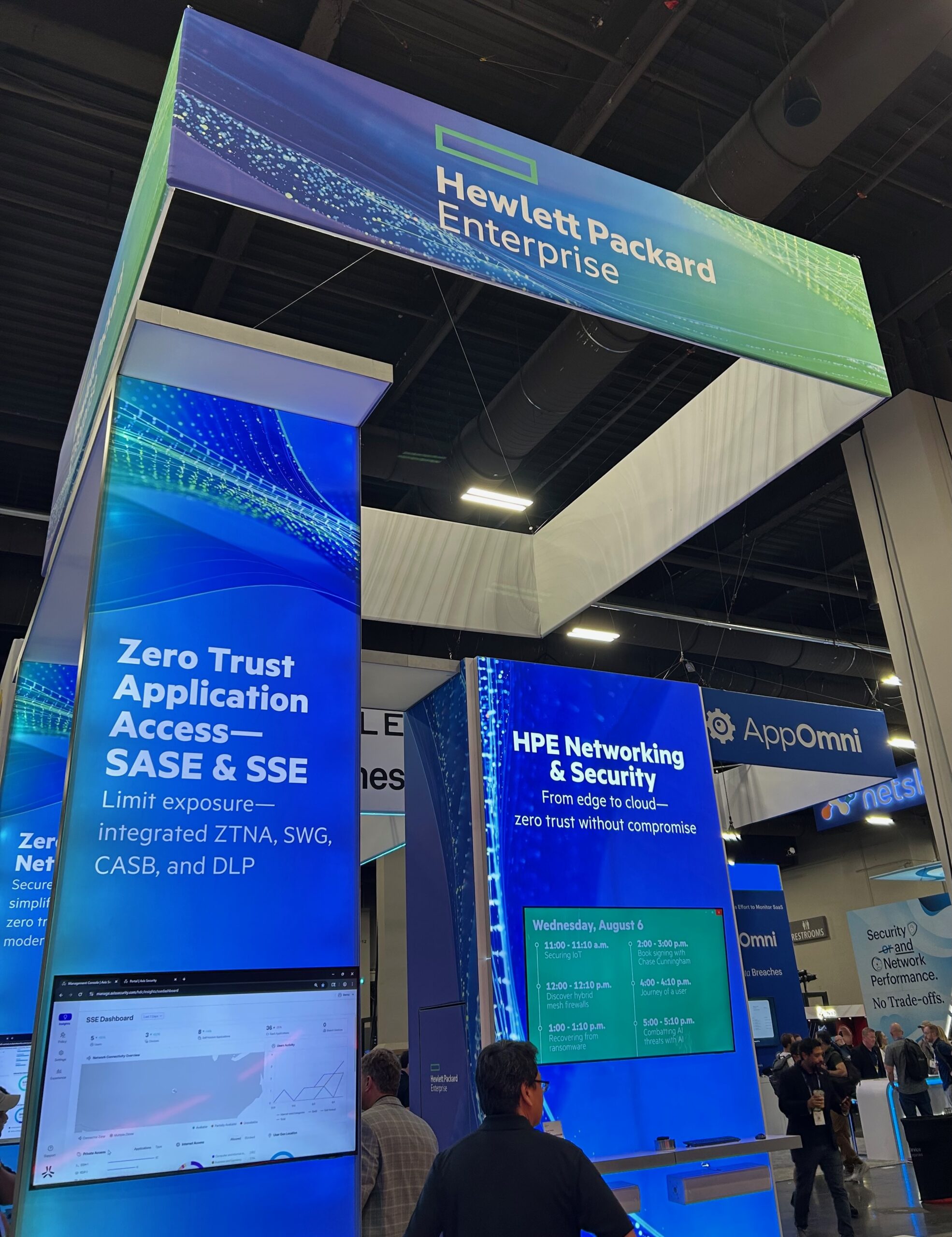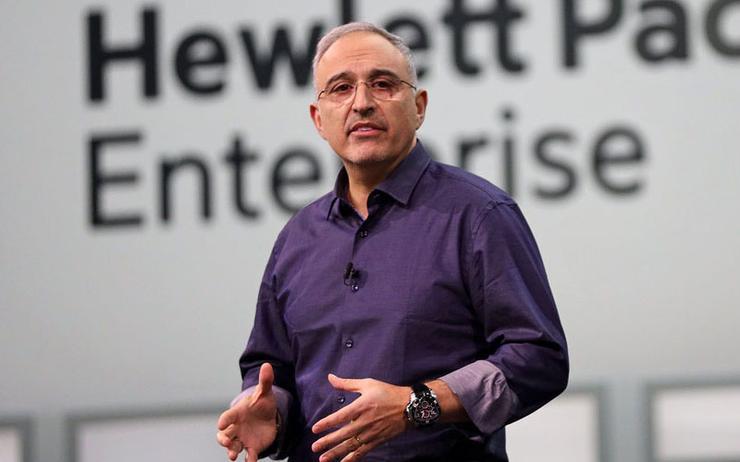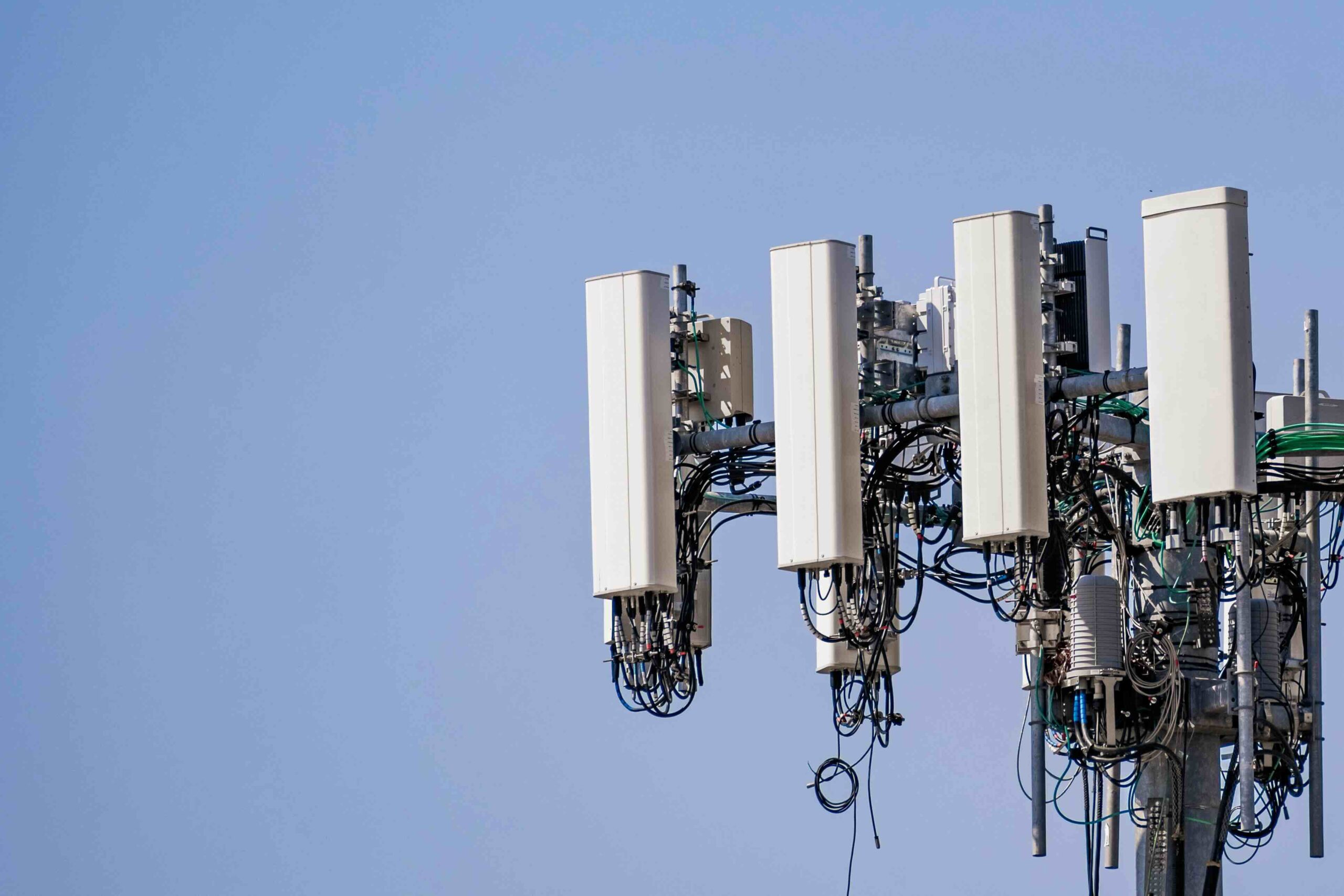New ThinkSystem Storage Arrays
Lenovo announced two new storage offerings that build on its overall infrastructure momentum. The new ThinkSystem DG series of enterprise storage arrays are designed to balance the needs of high-performance workloads, such as AI, with capacity-optimized performance. Lenovo’s new ThinkSystem DM3010H storage array brings the enterprise-level features of the ThinkSystem DM series to the SMB market. Let’s look at each.
ThinkSystem DG Series
The Lenovo ThinkSystem DG-series brings a blend of performance and capacity to enterprise storage. Lenovo is targeting the new products at general AI workloads, which demand the speed of flash storage and the high-capacity traditionally delivered by hard disk drives. Lenovo balances these demands with a QLC NAND-based design.
QLC offers higher density and cost-per-bit than the TLC NAND usually found in high-performance storage arrays. The downside of QLC NAND is that it sacrifices some write endurance and performance compared to TLC-based systems. That’s the common wisdom, anyway, but storage engineers have proven that the limitations of TLC NAND can be designed around. QLC can be the basis of a high-performance capacity-optimized storage solution.
This is what Lenovo has delivered with its ThinkSystem DG products. According to Lenovo, the new products offer up to 6x faster performance and up to 50% less cost than traditional HDD-based storage solutions. AI is a “read mostly” workload, where write endurance issues don’t come into play. The QLC-based solution is designed to handle workloads with large datasets, such as read-intensive enterprise AI workloads, to offer faster data intake.
The new DG solutions are designed for higher efficiency and lower power and cooling requirements, delivering what Lenovo promises is up to 25% power savings versus hybrid arrays and enabling workload consolidation to reduce rack space and data center footprint. This should help customers meet environmental and sustainability goals,
Lenovo ThinkSystem DM3010H
Lenovo extends its high-end ThinkSystem DM-series storage products by introducing its new ThinkSystem DM3010H enterprise storage array. The new array is a hybrid unified storage solution that blends flash and HDDs to enable scalability to 27.6 PB. The new system is targeted at SMD customers looking for flexible storage to service a broad set of workloads. This is a nice addition to the ThinkSystem DM series.
Unified Management
The new storage solutions all leverage Lenovo’s powerful Unified Complete Software management suite. This gives the products a unified management experience, including comprehensive ransomware and data protection features designed to offer protection across the full data lifecycle. This reduces risks and helps mitigate the cost of data loss.
Analyst’s Take
I like Lenovo’s long-term strategy and where it’s placing big bets. AI is one such area, with the company committing to spend over $1B across the next two years to accelerate its offerings in the space. Storage is another, as these announcements demonstrate.
Lenovo is currently the fourth largest external storage provider in the $25K and under category (price bands 1-4 if you follow IDC rankings). Its higher-end storage systems are also gaining in popularity, which should only accelerate with the new DG series. I also know that Lenovo is ramping up investment in the software required for enterprise storage, such as its Unified Complete Software management suite.
Lenovo has come a long way in a short time. The growth of its infrastructure business is at the heart of one of the most compelling stories in enterprise IT. Much of this growth was built on servers and edge computing, but storage is a critical enabler. Lenovo’s continued investment in enterprise storage makes it an increasingly fierce competitor.




